29 January, 2026
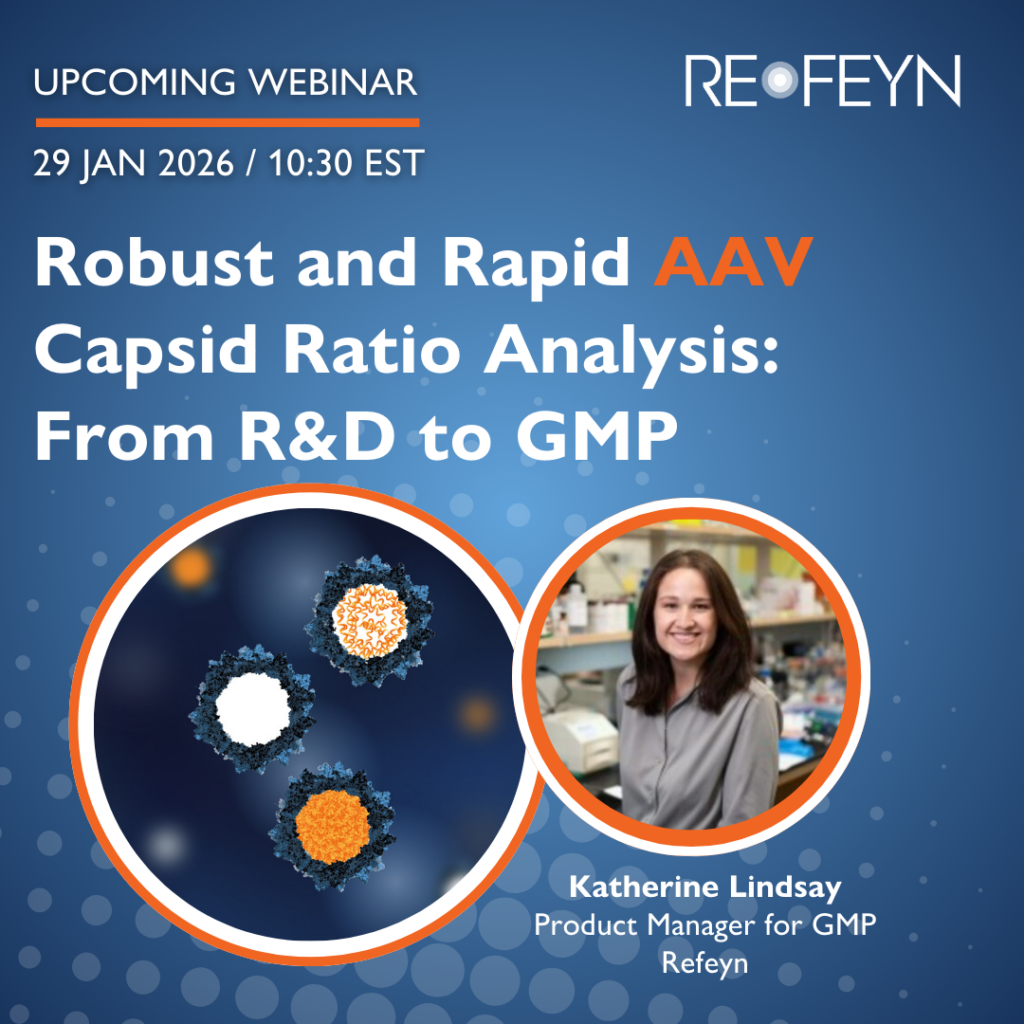
In this webinar, Katherine Lindsay, Product Manager for GMP at Refeyn, will share practical strategies for using Refeyn’s Samux™ product line to overcome common challenges in AAV characterization. She’ll discuss how this mass photometry solution supports robust capsid ratio analysis across all stages of development—from R&D through to GMP-regulated environments
Key Takeaways:
We have hosted a range of webinars, where we discuss applications of mass photometry as well as how to get the best out of our technology. You can watch any of them on this page. To stay updated on upcoming webinars, please check out our events calendar.
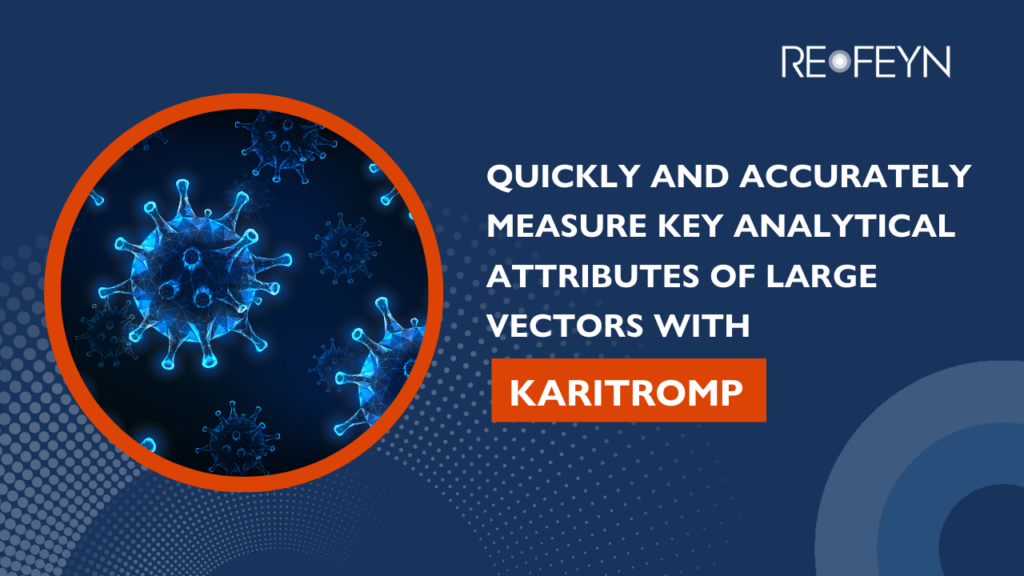
13 minutes

37 minutes
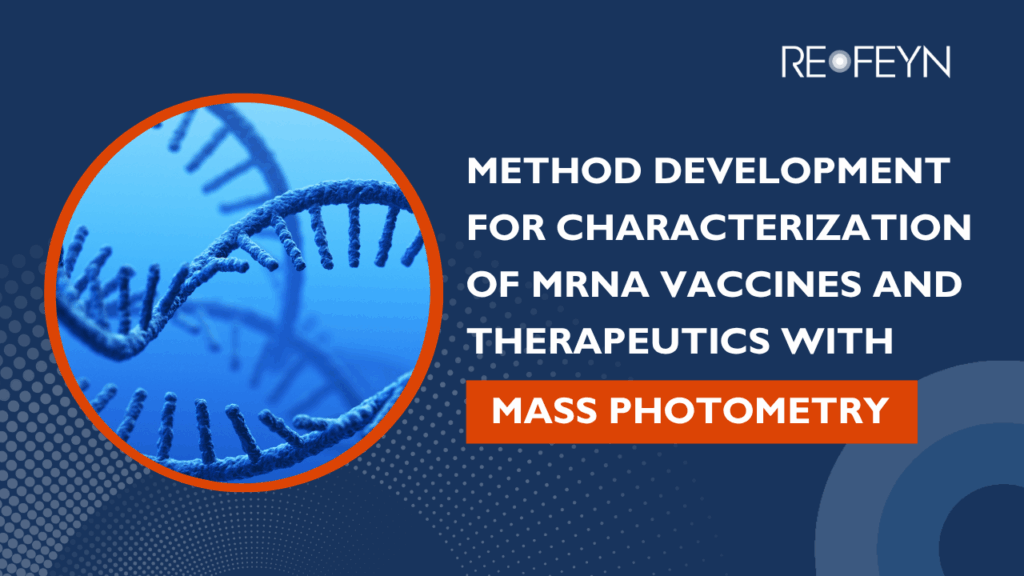
59 minutes
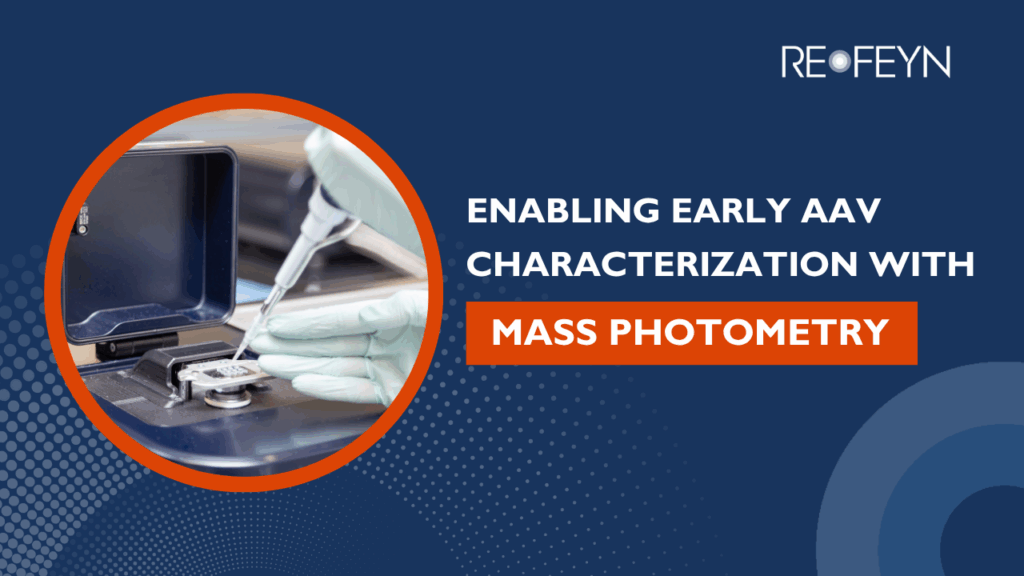
26 minutes
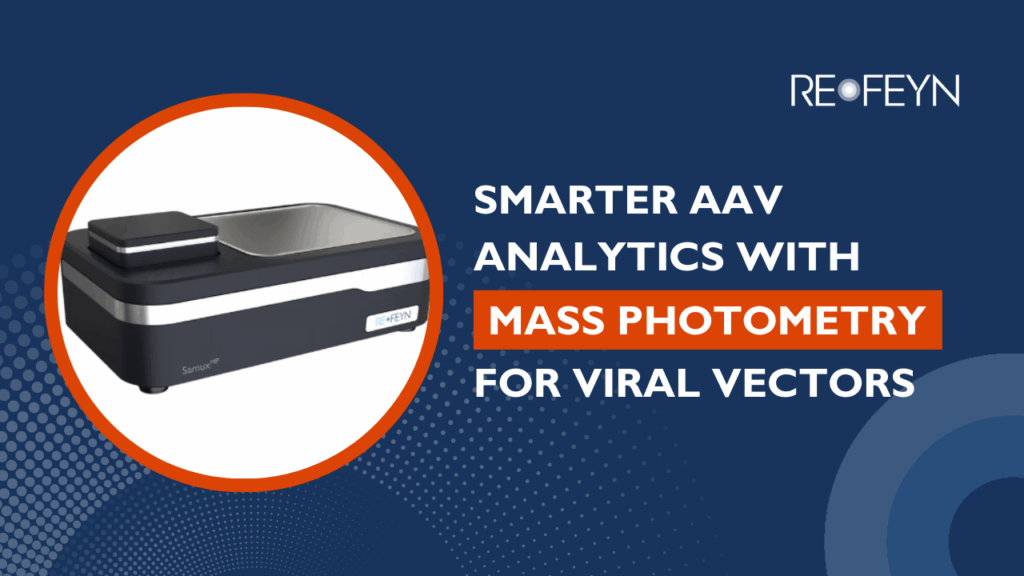
49 minutes
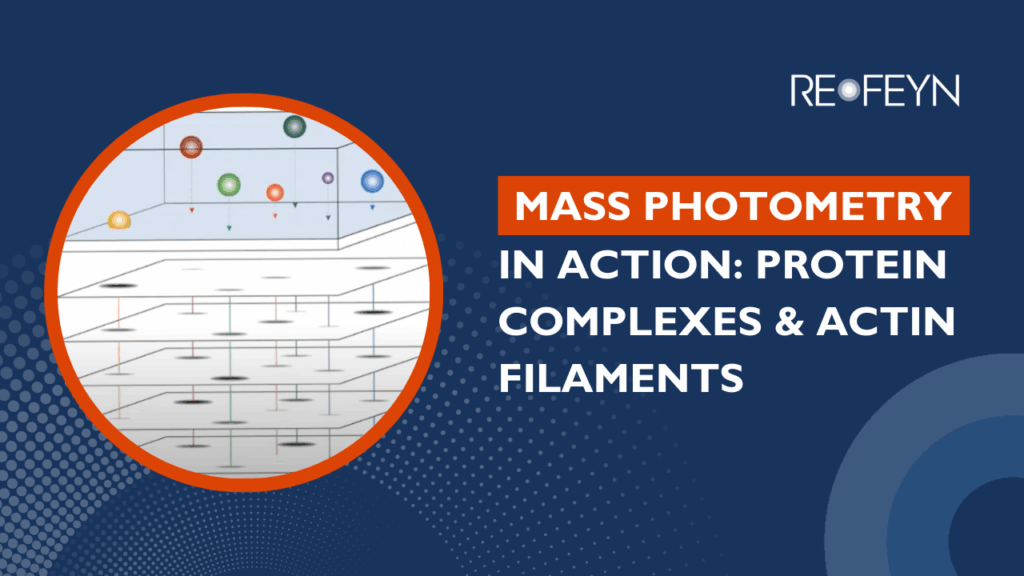
1 hour and 5 minutes
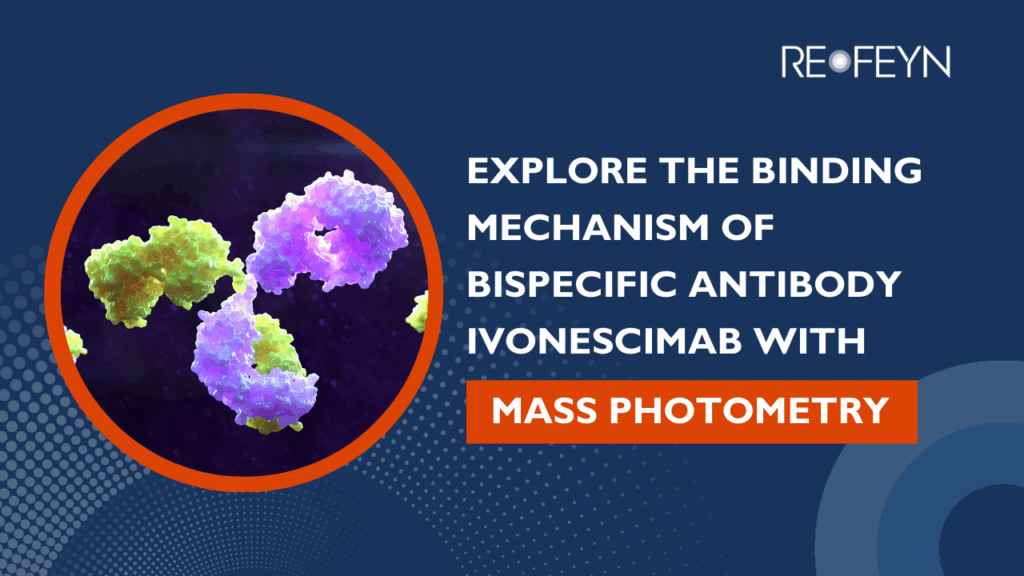
47 minutes
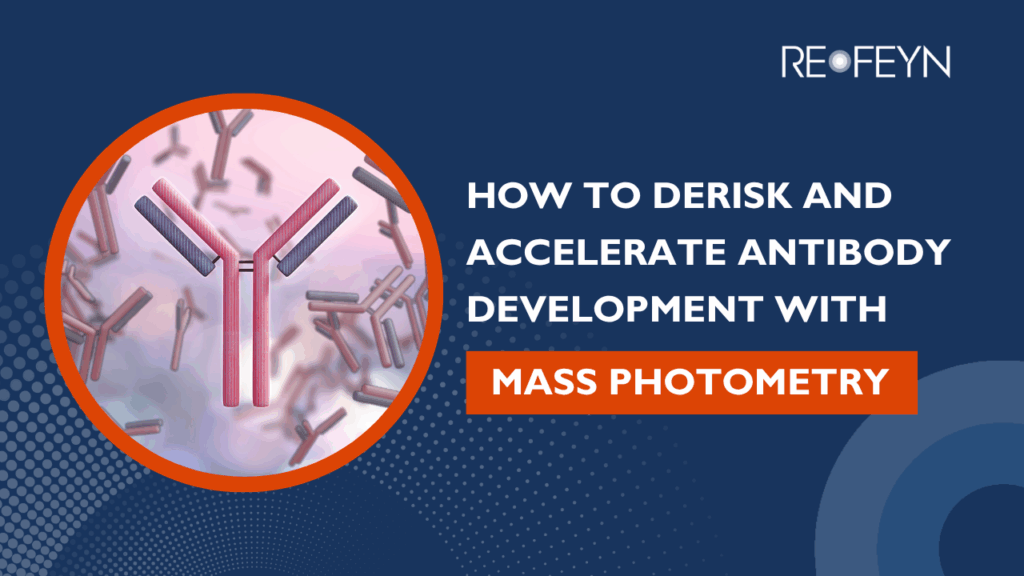
19 minutes
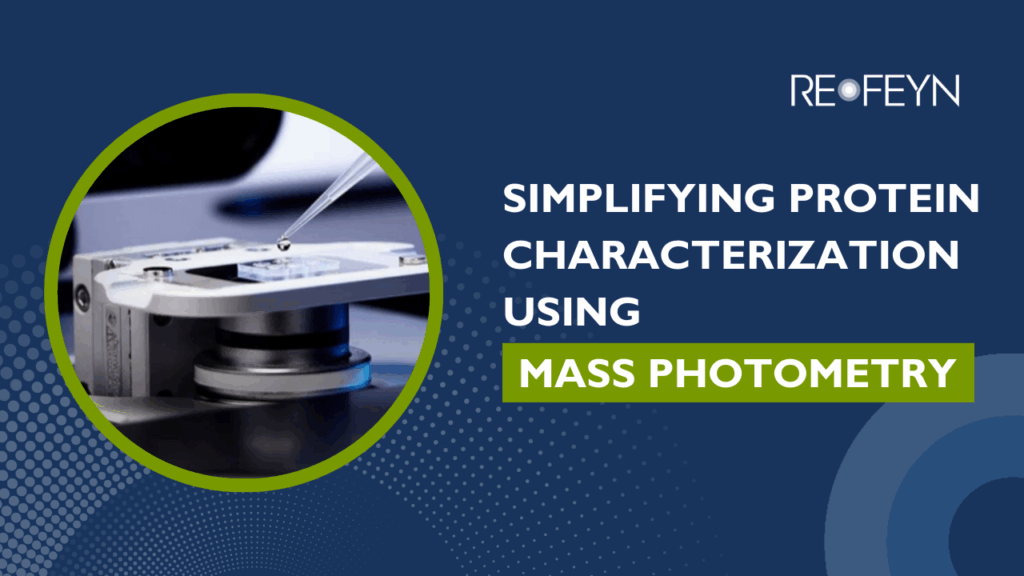
1 hour
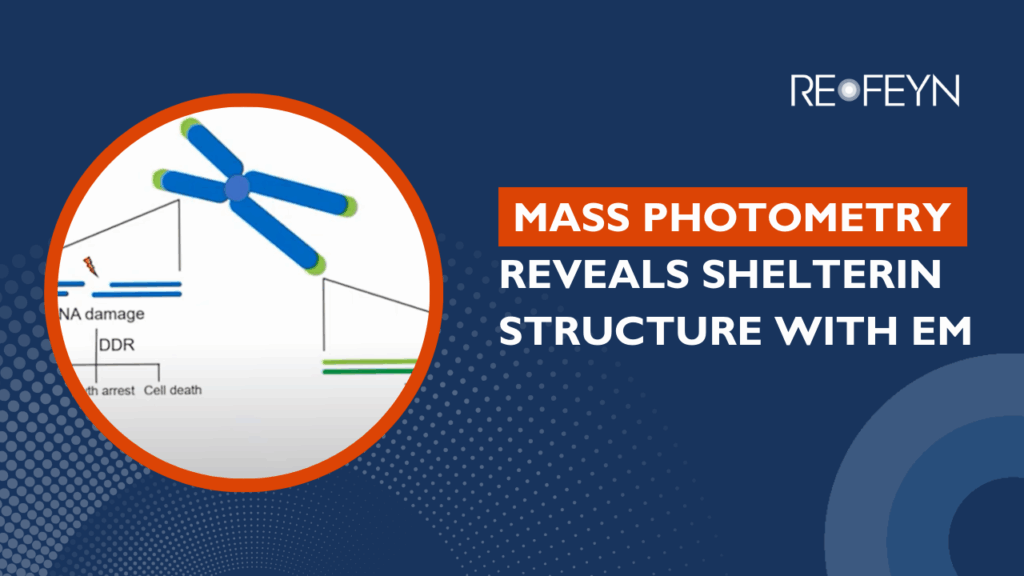
38 minutes
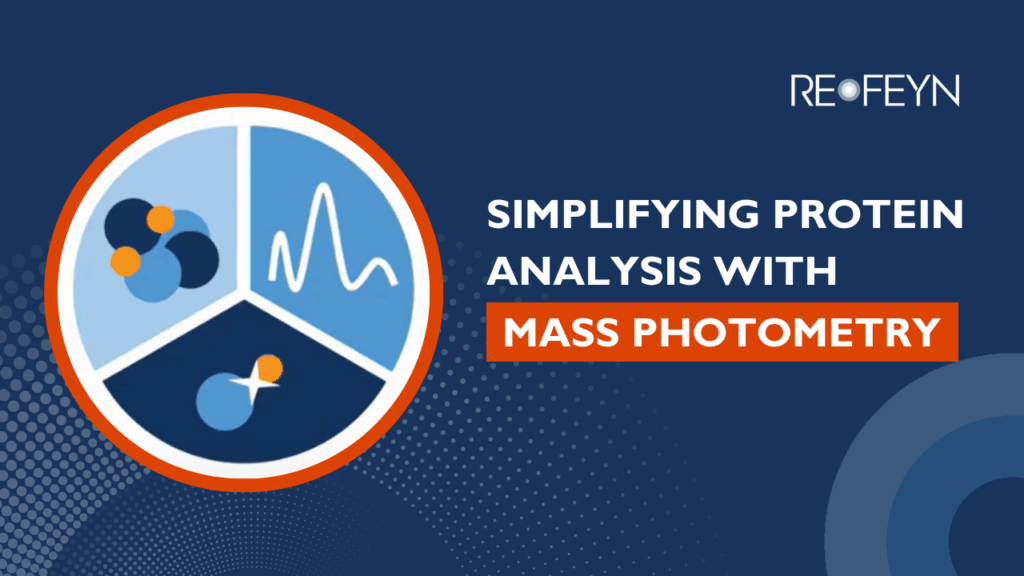
44 minutes

13 minutes

37 minutes
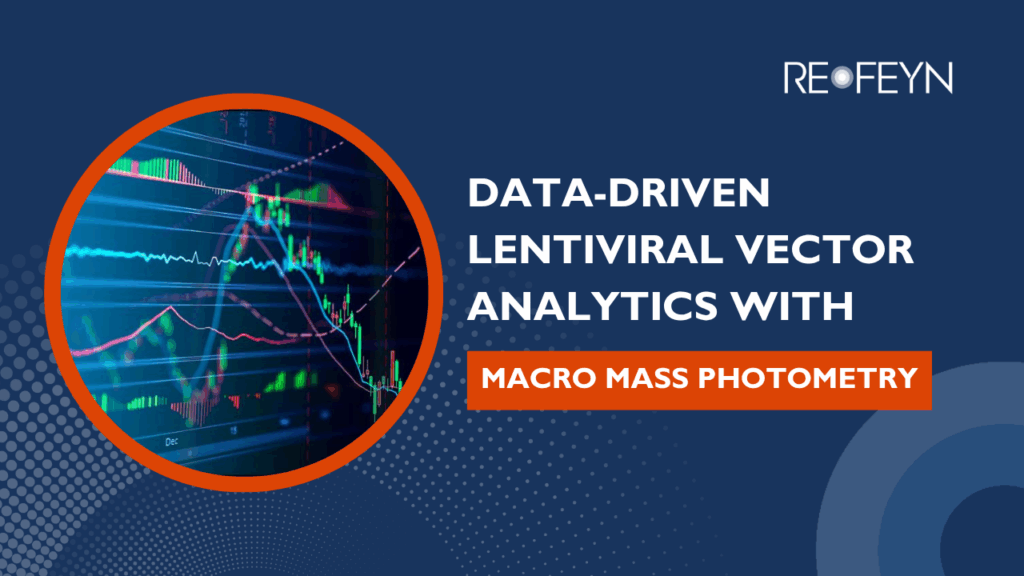
19 minutes

38 minutes
Featured publications
Application Notes
Refeyn Blog
Mass photometry forum